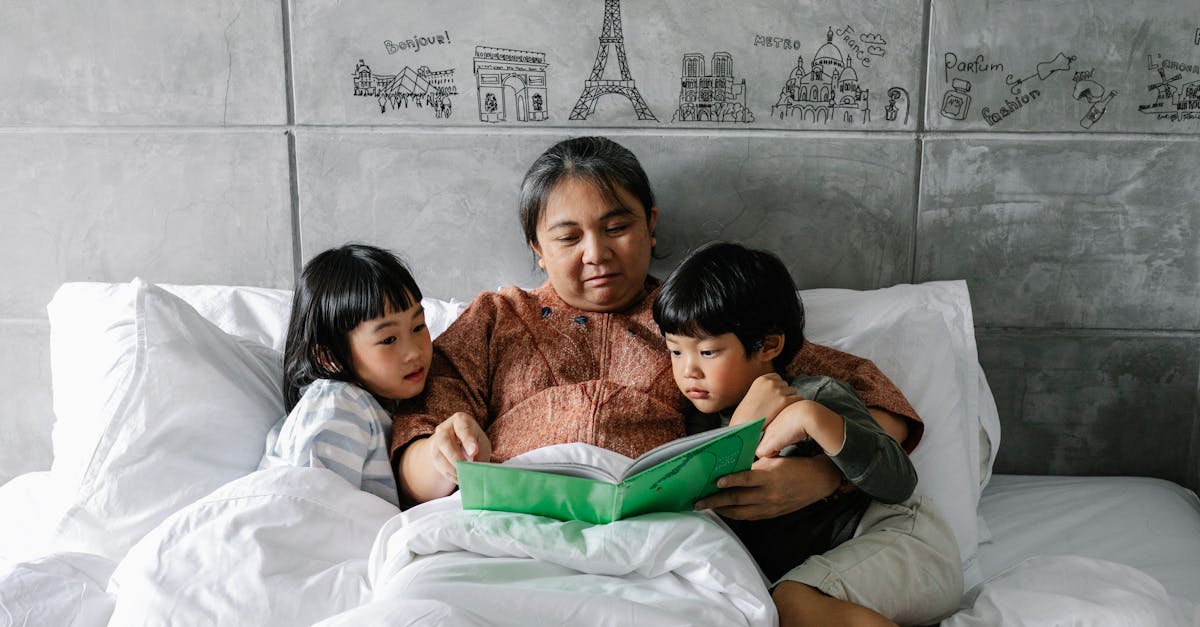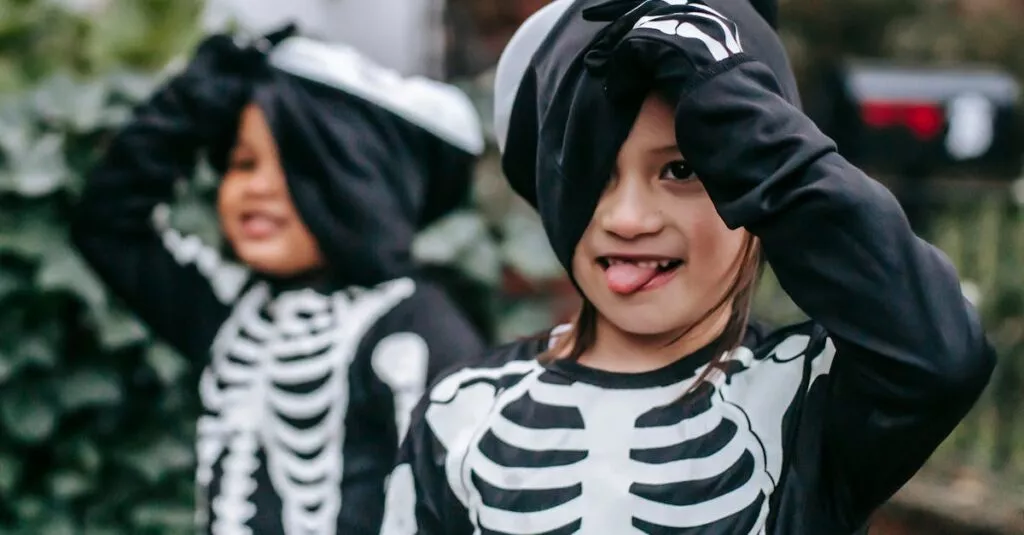The Magic of Modeling Behavior
Have you ever watched your pre-schooler imitate a cartoon character or mimic a friend? It’s not just cute; it’s a learning mechanism. Teaching patience and kindness starts with us. Simplify the concept by embodying these traits. Use phrases like ‘Let’s wait our turn’ with a smile, or show kindness through small acts like sharing a snack. Remember, frustration moments are teaching opportunities. Sharing personal stories of patience can resonate, like waiting for your turn to slide at the park. Encourage family activities that require taking turns, demonstrating how waiting can be rewarding.

Modeling behavior is a powerful tool in shaping young minds. Children learn best by observing and imitating the actions of those around them. By demonstrating patience, kindness, and other positive traits in our daily interactions, we lay the foundation for their own behavior. So next time you catch your little one copying your actions, remember, you are their first and most influential teacher.
Story Time: A Lesson in Empathy
Reading to children isn’t just about fairy tales; it’s a powerful tool to instill empathy. Choose stories with themes of kindness, sharing, and patience. Discuss the story with them, asking how characters might feel, fostering a deeper understanding of emotions. Personal anecdotes, like helping a friend in need, make the lessons relatable. After storytime, discuss real-life applications of these virtues, perhaps recalling a time they shared with their sibling or helped a classmate.

The Patience Game: Making Waiting Fun
Patience is challenging for adults, let alone for a bundle of energy with a minute-long attention span. Introduce ‘The Patience Game’. Start with short waiting periods, gradually increasing them. Make it fun with rewards or playful activities during waiting times. Another practical tip is using a ‘patience timer’; a visual aid helps grasp the concept of time. Incorporate humor by pretending to be statues or slow-moving animals, turning the waiting into a game.

By implementing these strategies, waiting times can transform into enjoyable moments full of learning and laughter.
Crafting Kindness Together
Kindness can be crafted, quite literally. Engage in activities that require cooperation, like building a fort or drawing a mural, emphasizing teamwork and mutual respect.
Share stories of cooperation among animals or historical figures during the activity. This not only teaches the value of working together but also patience and empathy towards each other’s abilities and ideas.
Celebrate the finished product, highlighting the importance of each contribution, no matter how small.

Celebrating Tiny Wins
Recognition goes a long way. Celebrate every act of patience and kindness, no matter how minor. Create a ‘kindness chart’ with stickers for every good deed. Share tales of kindness, both personal and from inspirational figures, to show the impact such acts can have. Encourage reflection at the end of the day, discussing acts of kindness they observed, performed, or received, reinforcing the behavior through positive reinforcement.

